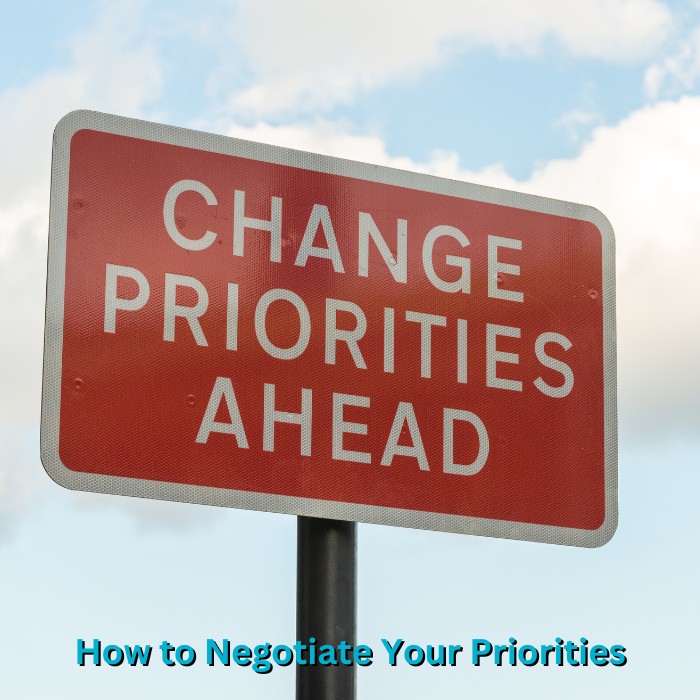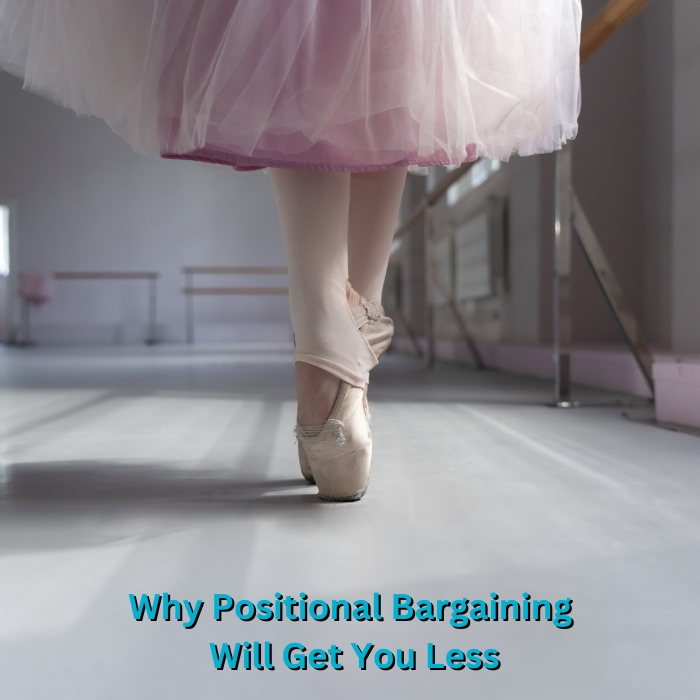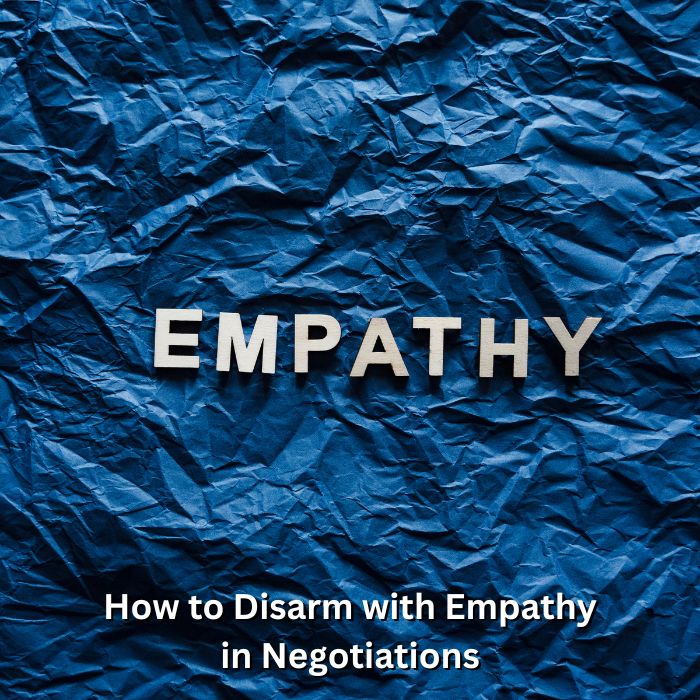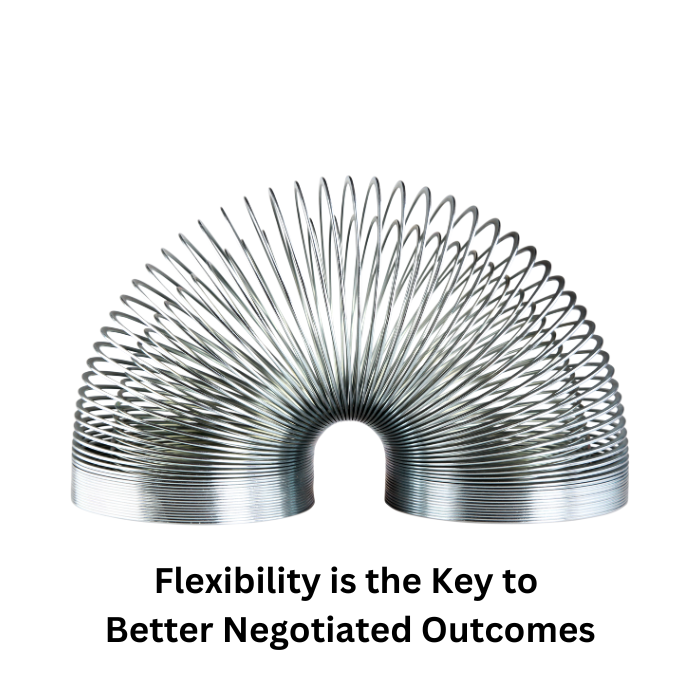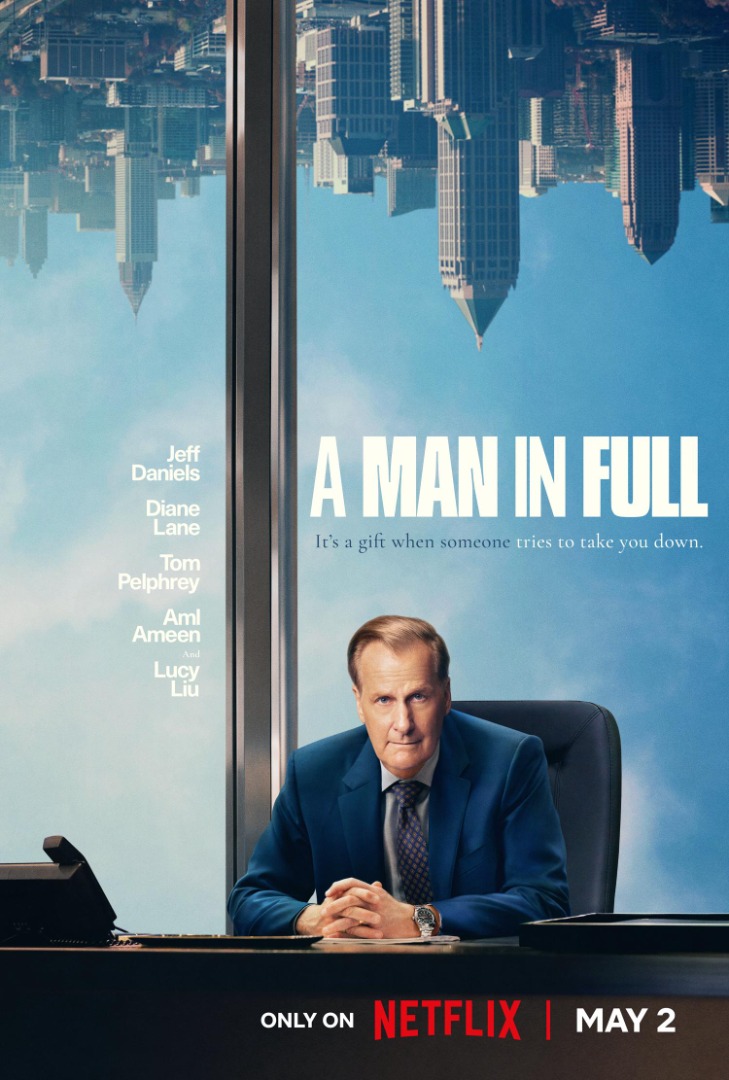No products in the cart.

Is Negotiating for the Principle a Solid Strategy or Not?
Parties often get so caught up in the so-called principle (with a capital ‘P’) that they lose sight of superior outcomes laying before them on the proverbial bargaining table. This is such a common occurrence (as a story as old as time) that I thought it worth exploring the good, bad, and ugly of negotiating for ‘principle’.
In my legal career I’ve seen many a deal go sideways when one (or both) parties dig in based on a purported principle. We see this phenomenon in business as well. Significant business opportunities can be lost or overlooked when parties have tunnel vision over the underlying principle. We also see internalized ‘principles’ damage negotiations in our personal lives and so jeopardize personal relationships.
Being too attached to any one idea can deprive us of the flexibility to find creative positive outcomes.
It’s important to remember that our reality is based on our thoughts and the meaning we attach to these thoughts. Perception and perspective are key. Not only are our perceptions and perspective unique to us, but they are often flawed. Humans are notoriously bad at perspective taking.
Yet we’re seeing increased polarization in the world today as we increasingly double down on entrenched versions of our beliefs, not leaving any room to explore the viewpoints of others. Not leaving room for meaningful consideration other perspectives and perceptions.
Best outcomes are achieved when we approach negotiations with empathy, a desire to truly understand and meet the needs of the other party. Standing on purported ‘principle’ can often mask what is really an inflexible belief in the moral superiority and correctness of our position without regard to potential differing approaches or ideas. This can be a dangerous baseline from which to bargain.
Having said that, there are times when it’s important to stand on principle and use negotiation as a tactic to an intended end. If, for example, the goal (at least in part) of a particular discussion or negotiation is to achieve increased awareness or deterrence on an important issue, principle can be an effective launch pad.
I had this experience recently dealing with an issue on behalf of my son. I’m a big believer in moving past lip service on mental health issues. We’re long overdue on blasting past the stigma that still surrounds discussions on mental health.
My son was diagnosed with a mental health issue at the outset of COVID. To his credit, he has been very transparent and vulnerable about his condition. Yet, in 3 successive jobs where his employer loved him and he received exceptional performance feedback, immediately upon discussing his mental health status he found himself summarily terminated. Not surprisingly, as a social justice attorney I found this untenable (not to mention unlawful). Yet my son did not want to take action. He was content to take his lumps and choose to continue to stay transparent about his situation to give voice to the issues, rather than carrying shame.
For the last termination, however, I convinced him that standing on principle was important. Accordingly, I proceeded to negotiate a significantly enhanced termination package, resting on the principle of the protection against discrimination based on disability. I refused to back away from keeping this important principle front and centre in the discussions so as to ensure accountability, increased awareness and deterrence for any such future discriminations.
Knowing when a principle is worth standing on is key. I invite you to challenge your own principles to determine the legitimacy of the foundation and whether it is a true and reliable driver for the negotiation rather than a convenient filter to avoid considering other potentially legitimate viewpoints.
Something to think about.


